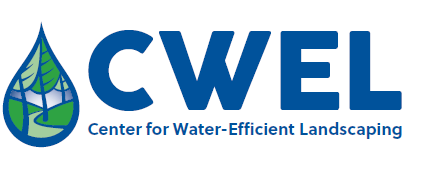Water efficient urban landscapes - integrating different water use categorizations and plant types
Document Type
Article
Journal/Book Title/Conference
HortScience
Volume
47
Issue
2
Publisher
American Society for Horticultural Science
Publication Date
2012
First Page
254
Last Page
263
Abstract
Little research has examined water requirements of entire irrigated urban landscapes integrating different types of plants. Three landscape treatments integrating different types of plants—woody, herbaceous perennial, turf—and putative water use classifications—mesic, mixed, xeric—were grown in large drainage lysimeters. Each landscape plot was divided into woody plant, turf, and perennial hydrozones and irrigated for optimum water status over 2 years and water use measured using a water balance approach. For woody plants and herbaceous perennials, canopy cover rather than plant type or water use classification was the key determinant of water use relative to reference evapotranspiration (ETo) under well-watered conditions. For turf, monthly evapotranspiration (ETa) followed a trend linearly related to ETo. Monthly plant factors (Kp) for woody plants, perennials, and turf species under well-watered conditions in this study ranged from 0.3 to 0.9, 0.2 to 0.5, and 0.5 to 1.2, respectively. Adjusted Kp for each hydrozone was calculated based on landscaped area covered by plant types as a percent of total area, and landscape factor (Kl) was calculated based on adjusted Kp for each landscape treatment. Overall, Kl relative to ETo ranged from 0.6 to 0.8 for three water use classifications.
Recommended Citation
Sun, Hongyan; Kopp, Kelly L.; and Kjelgren, Roger, "Water efficient urban landscapes - integrating different water use categorizations and plant types" (2012). CWEL Publications. Paper 80.
https://digitalcommons.usu.edu/cwel_pubs/80


